You don’t need new words. You need a point of view.
Every few months, something gets banished from the internet.
First, it was the em dash. Now people are sharing entire lists of words that should be avoided. We are guilty of it too, and some are indeed quite cringe.
We treat language like a reality show, voting words off the island when they start to sound too artificial. But the words aren’t the issue, the sameness is.
AI just made it visible.
The illusion of originality
Writers are now trying to “beat the bot” by deleting entire expressions or sentence structures. “It’s not about X, it’s about Y” has joined the blacklist. “Dive into” and “journey” have been retired. Even transitions like “Moreover” are seen as suspicious.
But language became cliché not because of AI, but because it was never tied to a clear point of view.
When you use AI without defining your own DNA first, it fills the gaps with the statistical average of everyone else’s. You don’t get your voice, you get everyone’s voice, compressed into one polite paragraph.
That’s why before you train a system, prompt a model, or outsource your writing, you need to know who you are and how you sound.
That’s what we help leaders and organizations do with The DNA Key, map their identity in a way both humans and machines can understand.
Once you’ve done that, AI becomes a way to scale. Not a way to outsource your voice.
Why blacklists don’t work
There’s a growing cottage industry of “AI words to avoid.” Lists of banned verbs, overused metaphors, and suspect sentence patterns.
These guides can be helpful, but only if they’re diagnostic, not dogmatic. Knowing what’s overused helps you see how systems flatten voice. But deleting every “moreover” won’t make your writing sound human. Knowing when to use it, and why, will.
If your tone, rhythm, and reasoning are rooted in your brand’s DNA, you can reclaim any word. Even “synergy” or "stakeholder".
AI doesn’t corrupt language but it does expose how little intention we’ve had behind it.
The real audit: intention
Here’s how to test if your writing sounds human:
Purpose: Is every sentence there for a reason, or because it “sounds professional”?
Attribution: Are you saying something new, or echoing what “some experts say”?
Structure: Does the rhythm reflect how you think, or how LinkedIn posts usually flow?
Specificity: Can a reader tell it’s you, even without your name attached?
If you can’t answer yes, then Houston you have an identity problem.
👋 We are The Think Room. We help organizations and professionals find their DNA and their unique point of view, so communication becomes easy and stays authentic. We then scale it with AI.

